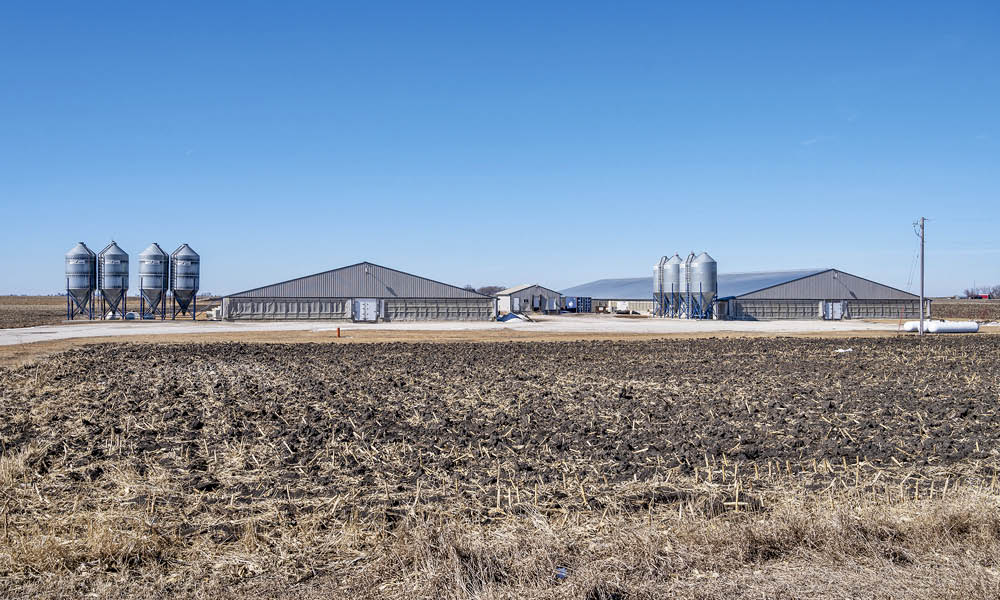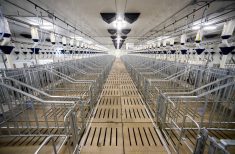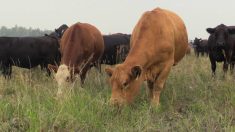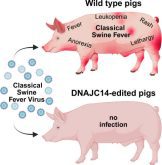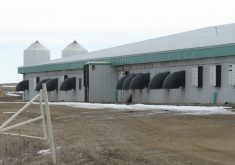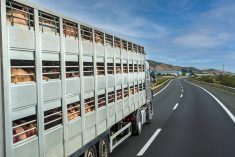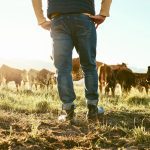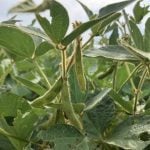If African swine fever (ASF) arrives in Canada, a lot of things will happen.
Response plans will be implemented. Quarantines will be imposed and animal movements locked down. Biosecurity will ramp up to crisis levels. Information and updates will flow between federal and provincial chief veterinary offices and the industry.
Further from ground zero, zoning agreements are designed to keep business and trade running as normally as possible.
Read Also

Linebreeding horses drives genetic bottlenecks
Too much linebreeding and prioritizing pedigree can narrow genetic diversity and lead to horse health problems in future generations.
But when it comes to financial support for farmers after an ASF detection, the Canadian Pork Council would like more details set in stone.
“Is AAFC (Agriculture and Agri-Food Canada) fully committed to be behind us on Day 1? Because that Day 1 matters a lot,” said Dr. Egan Brockhoff, veterinary counsellor for the industry group. “Farmers need to know they have cash to be able to continue to feed the pigs, to be able to pay their staff, to be able to purchase feed, so on and so forth.”
Why it matters: An African swine fever detection could devastate the hog sector, and industry says farmers need to know they’ll have a financial safety net if it happens.
Canada just finished its latest test of ASF readiness. On Feb. 12, Animal Health Canada hosted a tabletop exercise simulating the aftermath of a confirmed infection. It built on a previous exercise run by the Canadian Food Inspection Agency in November, which focused on the critical first hours of an outbreak.
Overall disease response was part of that exercise, as were communications throughout the value chain and between government personnel.
The CFIA held its own exercises in January and February. In January, the agency looked at the readiness of provincial and federal laboratories. In February, attention turned to meat return policies and industry contingencies should ASF lock down trade.
“As the global landscape faces the continued threat of ASF, it is important to remain proactive and increase the preparedness of all stakeholders,” a CFIA spokesperson said. “Simulating the potential impact of ASF though exercises as part of Canada’s preparedness efforts are important to our response should ASF ever be detected in Canada.”
A number of future exercises are in the works, they added.
Communication was also a focus of the Feb. 12 exercise, Brockhoff said.
“The exercise proved very useful. The exercise certainly helps us learn. The exercise certainly helps us work through and train and plan and prepare, and that was successful.
“I think a separate topic though, that informs this a little bit, is this anxiety that if we don’t have the money in place on Day 1, that if pork producers don’t know that money is there and ready to support them, I think there’s a worry that all of the work, foreplanning and preparedness will crumble under the pressure of the unknown.”
Closing gaps
Much work has been done in recent years to keep ASF out of the country and limit the fallout if a case is found.
The ASF Pan-Canadian Framework for Action is the cumulation of those efforts. The plan covers four pillars: prevention and biosecurity; preparedness and planning; business continuity in the case of an infection; and co-ordinated risk communication.
There is a hog supply working group within the business continuity pillar, Brockhoff noted, but it’s hard to say why concrete financial promises have remained out of reach.
“We’ve had conversations for two and a half years in this space and there seems to be support there, but there’s really nothing in writing,” he said.
“There’s no sort of fixed or concrete plan that we can show pork producers to say, ‘this is absolutely what’s going to happen.’ We don’t have that concrete structure in place. We have assumptions, and that, of course, makes people nervous.”
Last summer, Canada’s ASF executive management board published a list of preparedness gaps as part of a progress report on the framework. Financial support was among those gaps.
Other flagged action items included a need to confirm that provinces and provincial pork organizations had emergency plans, that industry plans were harmonized with provincial and CFIA policies and that provincial plans addressed the specific needs of ASF.
The industry also needed more clarity on depopulation training and what to do with the carcasses, as well as more subject matter experts. There were kinks to work out about manure treatment on infected farms.
The board includes the Canadian Pork Council, CFIA, Agriculture and Agri-food Canada, Canada Border Services Agency and Canadian Meat Council.
A long road
While there’s still work ahead, Brockhoff noted how far things have come since the first North American ASF forum in Ottawa in 2019. At that time, Canada’s only zoning agreements for ASF were with the U.S. and EU.
“Since then, the Government of Canada has gone out and put together a significant number of valuable bilateral trade arrangements in the face of ASF,” he said.
“They have gone further down the road with the United States in terms of incorporating the wild pig question in the face of ASF and they are actively negotiating with more key trading partners for more zoning arrangements.”
That could help the industry avoid widespread pig culls due to market disruption.
“That’s extremely powerful,” he said. “It doesn’t mean that we won’t have to do some of a cull, but what it should mean is that we don’t have to completely dismantle the industry because of border closure.”
Realistically, no plan will keep the pork sector from feeling the hit if ASF is found. There will be some level of border closure and disruption.
“We’re not going to be able to implement our zoning arrangements tomorrow morning. It’s going to take time for government to contain and eradicate disease, to declare zones based on their knowledge of where disease is,” Brockhoff said.
That’s where immediate, short-term government support would kick in, industry argues.
That will be key to “ensure we can get through that bridge time,” Brockhoff said. “We don’t know what that’s going to be. Is that going to be two weeks? Is it going to be two months? Those are unknowns. They’re not going to be known until the event happens.”


